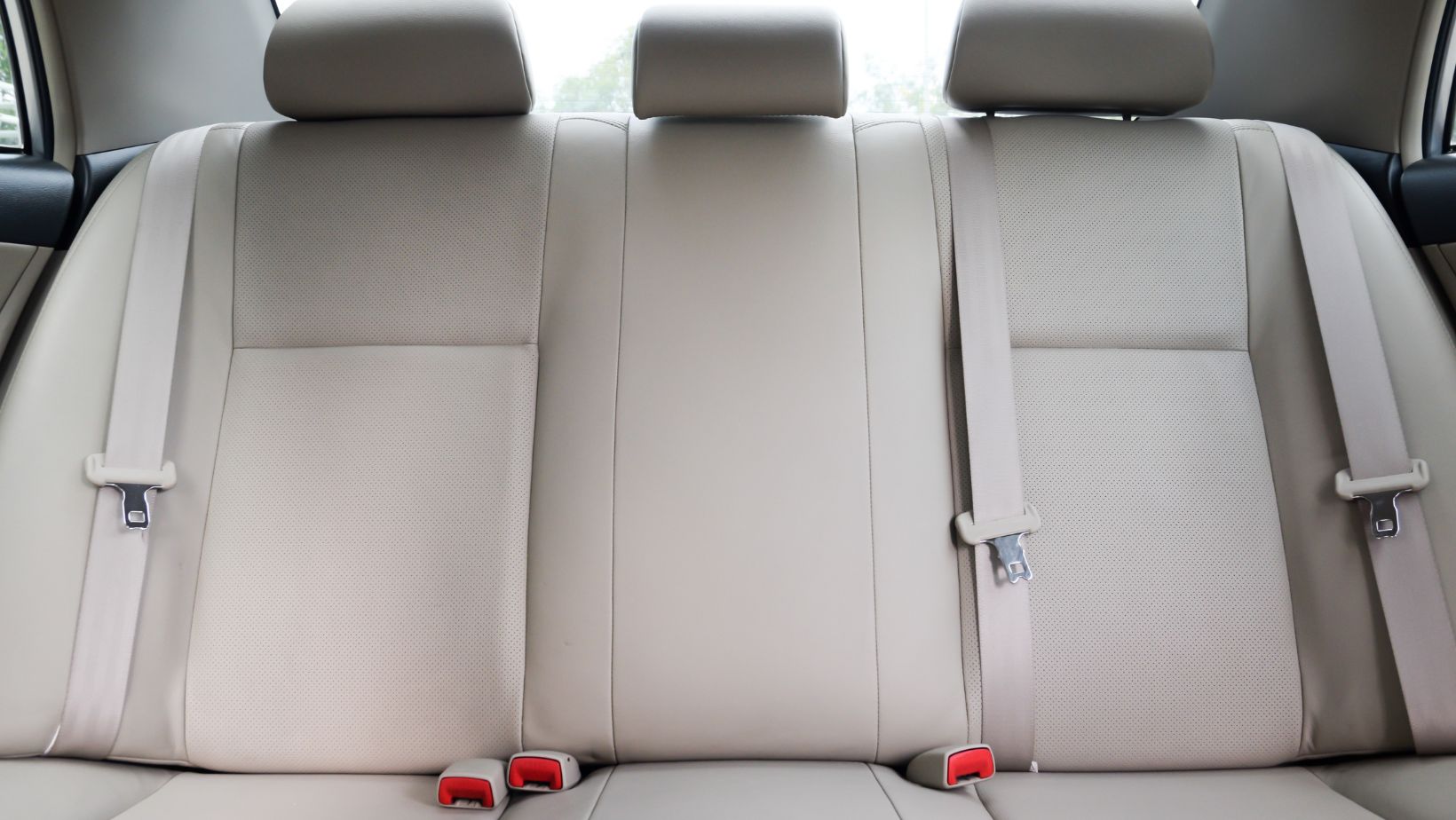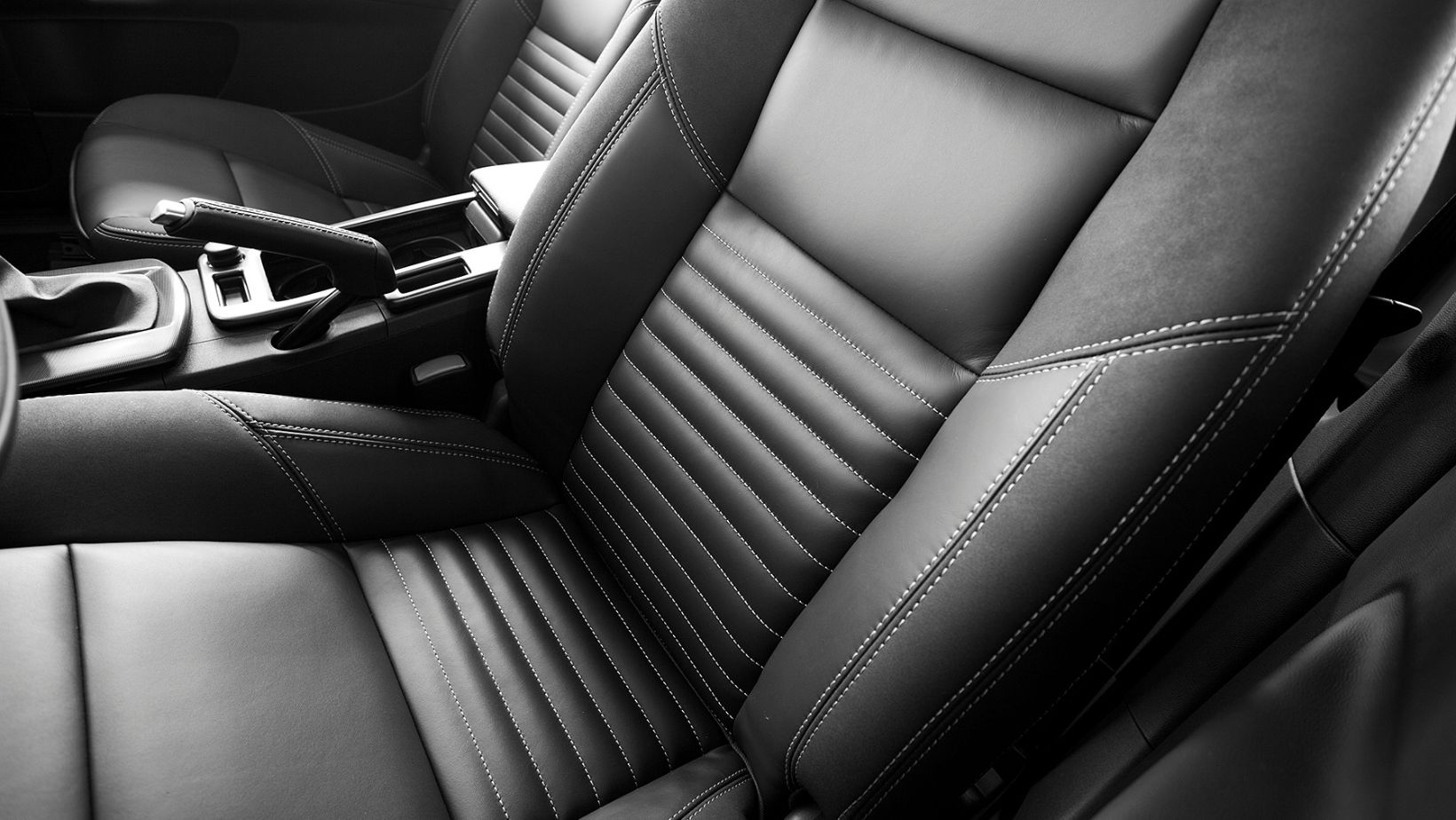
Car seat covers are not just an aesthetic upgrade for your vehicle; they play a crucial role in enhancing both the comfort and functionality of your car’s interior. These covers serve as a protective barrier, safeguarding your original seats from dirt, spills, and general wear and tear, which helps maintain your vehicle’s value and aesthetic appeal. But more importantly, the right premium car seat covers can significantly enhance your driving experience by improving comfort, especially in varying climates.
This blog delves into the various materials available for car seat covers, their maintenance, and how to choose covers that align with your specific needs and preferences.
Understanding the Basics of Car Seat Cover Materials
Choosing the right material for your car seat covers is crucial for both aesthetics and functionality. Each material offers distinct advantages in terms of durability, comfort, and maintenance requirements.
Leather Seat Covers
Leather seat covers are a popular choice for their sleek appearance and durability. They are particularly valued for their easy-to-clean surface and luxurious feel. However, leather can become uncomfortable in extreme temperatures—hot in the summer and cold in the winter unless they are equipped with heating capabilities.
Neoprene Seat Covers
Neoprene covers are favored for their excellent water resistance, making them ideal for vehicle owners in humid climates or those who lead active lifestyles involving water or mud. While not as breathable as other materials, neoprene’s robustness against spills and stains makes it a practical choice for many.
Cotton and Cloth Seat Covers
For those who prioritize breathability, cotton and other cloth materials are ideal. These covers are especially suitable for hot climates as they allow air to circulate, preventing the buildup of sweat against the skin. They’re also typically softer, providing a more comfortable seating surface, though they may require more frequent cleaning due to their susceptibility to stains.
Analyzing Material Comfort in Different Climates
Different materials cater to various climatic conditions. For example, while leather might offer a premium look and feel, it might not perform as well in extreme temperatures as neoprene or cotton would. Neoprene is excellent for its durability and water resistance but might feel too warm in already hot climates. In contrast, cotton offers superior comfort in heat due to its breathability.
Comfort Features Beyond Material
In addition to material choices, several comfort-enhancing features in car seat covers can improve your driving experience:
- Additional Padding: Offers extra cushioning, which helps reduce back strain during long drives.
- Ergonomic Designs: Promote better posture by supporting the natural curve of the spine.
- Heating and Cooling Systems: Integrated heating enhances warmth in cold conditions, while cooling features prevent discomfort in heat.
- Massage Functions: Available in some covers, providing relaxation and improved circulation on longer journeys.
Choosing the Right Car Seat Covers
When selecting car seat covers, consider the following:
- Fit and Compatibility: Ensure the covers fit your specific car model to avoid issues with slipping or safety.

- Personal Needs and Climate: Factor in your lifestyle needs (like easy cleaning for kids or pets) and the climate you live in (heating for cold areas, breathable materials for warm regions).
Care and Maintenance for Optimal Comfort
Cleaning Tips for Different Materials
To maintain the appearance and functionality of car seat covers, proper cleaning methods tailored to different materials are crucial:
- Fabric Seat Covers: Begin by removing any hooks or fasteners and check the label for temperature guidelines. Typically, fabric covers can be machine washed at 30 to 40 degrees Celsius on a gentle cycle with a mild detergent. For stains, pre-treating by soaking the covers for about 15 minutes before washing can be effective. Always air-dry fabric covers to prevent shrinking.
- Leather Seat Covers: Leather requires special care to prevent drying and cracking. Regular vacuuming to remove dust and debris is recommended, followed by spot cleaning with a mild detergent and warm water. It’s important to condition leather periodically using a product designed specifically for leather care to keep it soft and supple. Avoid harsh chemicals and direct sunlight, which can damage the material.

- Neoprene and Vinyl Covers: These materials are relatively easy to maintain. For routine cleaning, a simple wipe-down with a damp cloth is sufficient. For more thorough cleaning, use a mild detergent mixed with water. Avoid bleach and harsh chemicals, as these can degrade the materials over time.
Seasonal Adjustments
Adjusting your seat covers with the changing seasons can enhance comfort and prolong the life of the covers:
- Summer: Opt for lighter, breathable materials like cotton to help manage heat and moisture inside the car. This can make summer drives more comfortable by reducing sweat and sticking.
- Winter: Consider switching to thicker materials or those with built-in heating elements if your car lacks heated seats. Materials like neoprene or specialized thermal covers can provide extra warmth during cold months.
Ensuring Longevity and Comfort
Maintaining your car seat covers isn’t just about keeping them clean; it’s about optimizing your vehicle’s interior for both comfort and durability. Regular cleaning, appropriate seasonal adjustments, and using materials suited to your lifestyle and climate are essential. By taking care of your seat covers, you not only preserve the interior’s appearance and comfort but also maintain or potentially increase your vehicle’s resale value.
Ready to upgrade your driving experience with premium car seat covers? Get custom car seat covers designed to fit your specific needs and enhance every journey.

